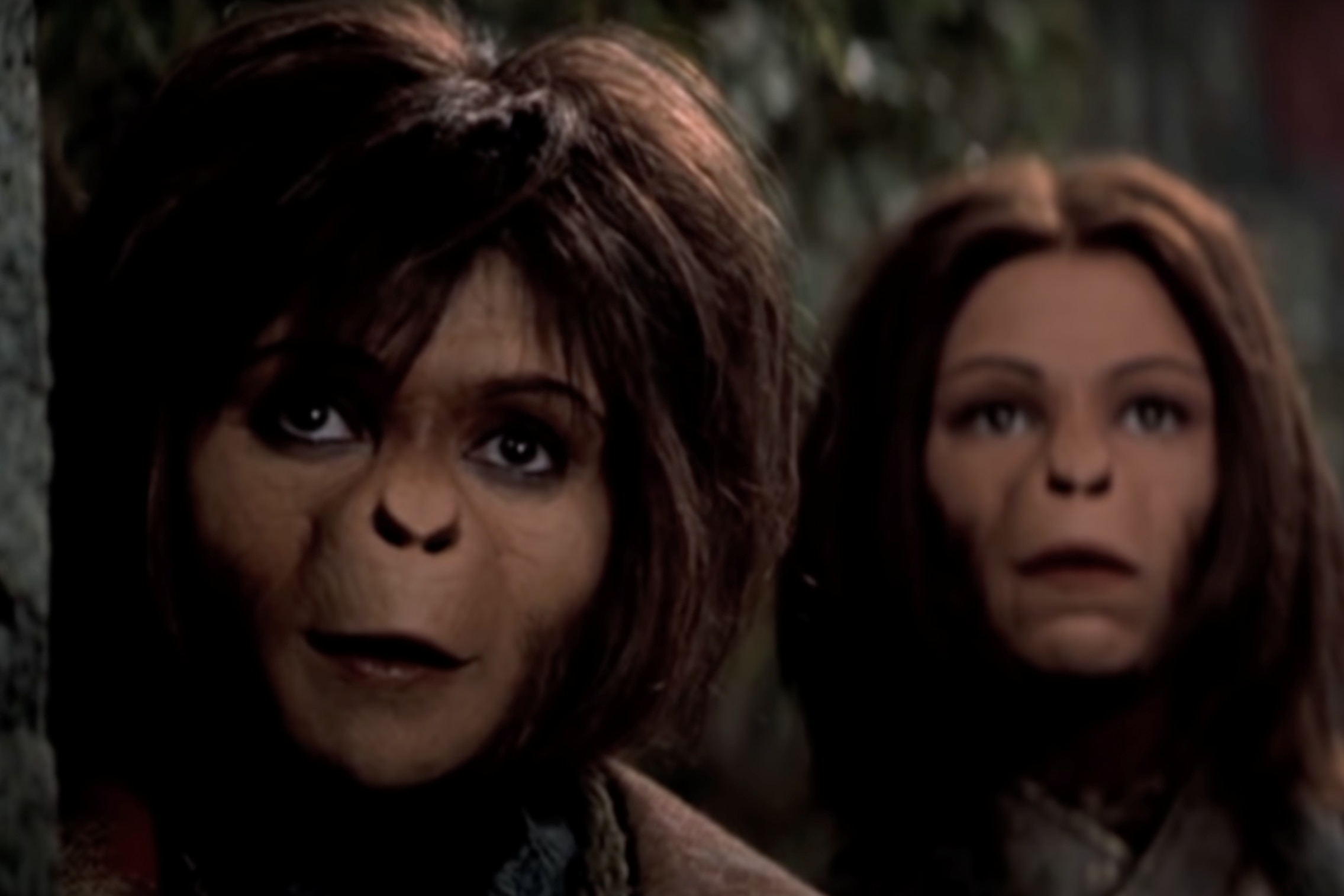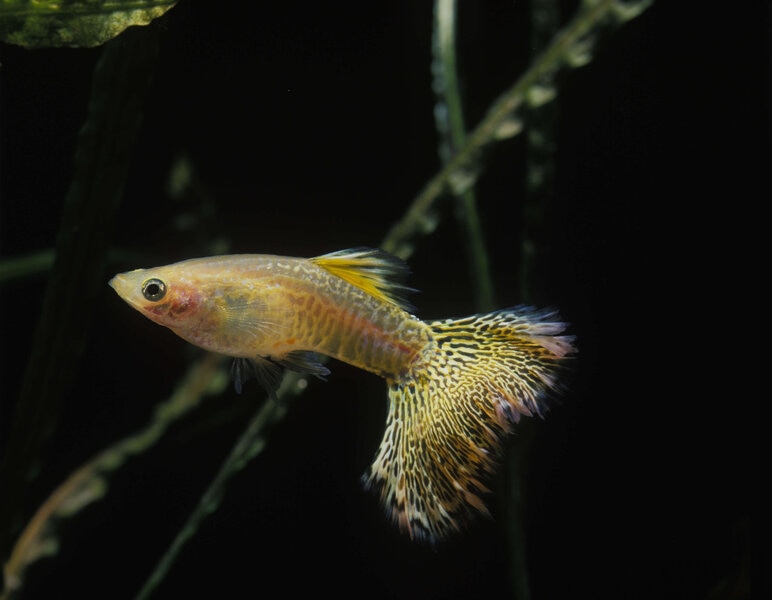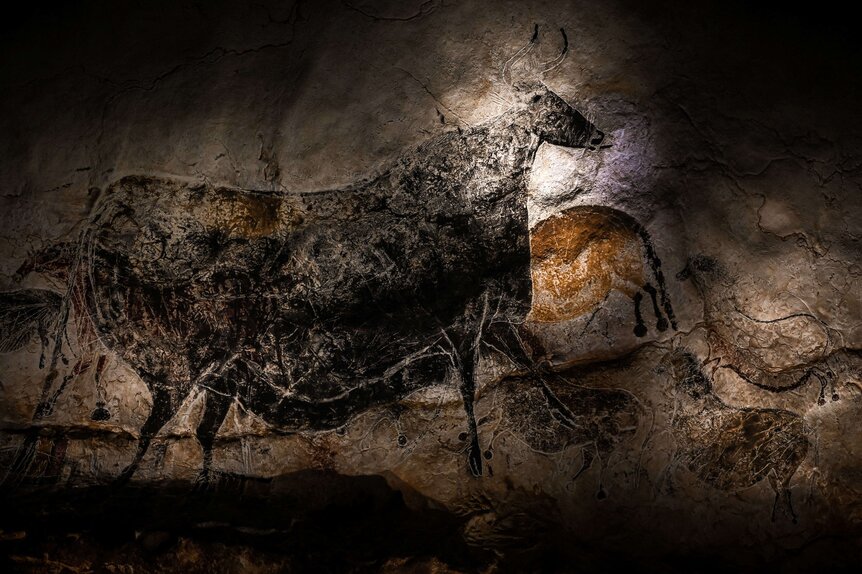Create a free profile to get unlimited access to exclusive videos, sweepstakes, and more!
Could apes build a society in 3,000 years? The science behind Planet of the Apes

Tim Burton's 2001's reboot of the Planet of the Apes franchise has largely been forgotten, buried beneath the more successful 2011 reboot. Much of the disdain likely comes from an unnecessary and difficult to parse twist ending. Still, the special effects and makeup were beautifully effective, and it did succeed in raising some interesting questions.
The film starts in 2029, aboard the space station Oberon, before thrusting the characters through a space-based anomaly and into… the future? An alternate reality? The specifics aren't precisely clear, nor are they all that important. Astronaut Leo Davidson (Mark Wahlberg) finds himself 3,000 years in the future and at the mercy of a comparatively advanced civilization of evolved apes.
The question for Davidson then becomes, how to survive and return home. The question for us is whether it's possible for apes as we know them to develop to such a degree within such brief evolutionary timescales — because 3,000 years isn't that long when it comes to evolution. Right?
RAPID EVOLUTION AND BOTTLENECKS
For most of the time between Darwin and now, the common wisdom has held that evolution by way of natural selection happens incredibly slowly. The difference between one species and another, even one very closely related, was thought to require thousands of generations. Even among our short-lived animal friends, that means timescales beyond what's observable across a human lifetime.
Our own species, Homo sapiens, has existed for roughly 200,000 years, though the exact timeframe is still a matter of some debate. Genetically and anatomically speaking, however, we haven't changed all that much in the intervening time. Moreover, the transition between modern humans and the first human species, something more akin to other great apes, took around 6 million years. In short, it's a slow process of minute changes over long years. But that's not always true.
Drastic changes to a species' environment — climate, resources, or predator-prey relationships — can result in more rapid evolutionary changes. These changes can even happen over the course of relatively few generations, short enough to be observed.
In 1978, David Reznick, a graduate student at the time, went to Trinidad to prove his thesis that evolution could happen more rapidly. He collected guppies and set about changing their environment by relocating them away from or toward predators.
He found that over the course of just a few years, approximately six to eight generations, the guppies already exhibited noticeable change. Those populations which were moved away from predators took on a slower reproductive cycle maturing later and producing fewer offspring. Those who were moved into areas with predators made the opposite change, maturing more quickly and having more offspring. The added pressure resulted in guppies winning the war of attrition by increasing their numbers.
We see this same behavior in fisheries. Fish populations that are overfished have, for all intents and purposes, been moved into an environment with a new predator. Only this time it's humans instead of cichlids. In response, they mature more quickly and have smaller bodies.
A similar sort of rapid evolution is occurring in cliff swallows. As their name suggests, these birds typically build their nests along cliff faces, but have taken to shacking up bridges and overpasses. Doing so put them at the mercy of passing cars and, for a while, there were a lot of birds killed by collisions with vehicles.
Then, over the course of a few decades, the number of birds killed on roadways decreased, even as the overall population increased. Researchers found that the birds who struck by cars overwhelmingly had larger wingspans, while the survivors had reduced the size of their wings. The thought here is that a shorter wingspan allows for more maneuverability to avoid oncoming cars.
Roadways provided new breeding grounds, those breeding grounds introduced a new threat, and the birds adapted to survive their environment in roughly the same amount of time as The Simpsons has been on television.
We see that the introduction of new environmental pressures can result in quick evolutionary change and a handful of apes crash-landing on a new planet certainly fits the bill. Perhaps, more importantly, is the number of apes present in that initial population.
When a population is reduced to a comparatively small number, it's known as a population bottleneck. The result of such an event is a drastic reduction in genetic diversity. Those genes which are less frequent can be lost entirely or are otherwise less likely to be passed on, while those which are more frequent in the newly reduced population become more common.
These events result in increased genetic drift and sometimes lead to the emergence of new species. We can imagine a small population of apes, pre-selected by their human counterparts for particular traits, being stranded in a new environment and evolving quickly through a combination of a population bottleneck and novel environmental pressures.
DEVELOPING CIVILIZATION
Evolution leading to increased intelligence and the emergence of spoken language is only one part of the story, however. In order to result in the sort of species we see in Planet of the Apes, they would also need to develop robust culture, including technology.
This is, somewhat surprisingly, probably the more difficult thing to achieve in only 3,000 years. While modern apes and other primates absolutely have social structures, we don't see the sort of building upon and sharing of knowledge which results in technological advancement.
Surely, an evolutionary springboard of the type described above might accelerate this process, looking back at our own history suggests it would take considerably longer than 3,000 years to get to riding horses and architecture.
While anatomically modern humans have existed for at least 200,000 years, the first evidence of civilization dates back only about 7,000 years ago. For more than 90 percent of our existence, we lacked what could be called a society.
The hallmarks of civilization are large population centers, architecture, and art. If we're willing to take any one of those as an indication of the birth of civilization, then art probably emerges first. At least it did with us. Even still, the oldest known figurative art dates back to about 45,000 years ago. It's nothing to scoff at, but it still means that for most of the time after we became the animals we are, we were still too focused on surviving to worry about much else.
That a group of apes isolated in a new environment could evolve into something new, perhaps something more intelligent, isn't off the table. But doing so and then achieving a robust society in so short a time span strains credulity.
There might come a day when our ape cousins emerge as something new, but we're going to need to give them time. Probably a lot of it. Here's hoping by then we've learned to get along.




























